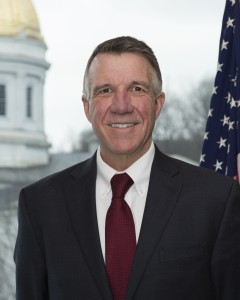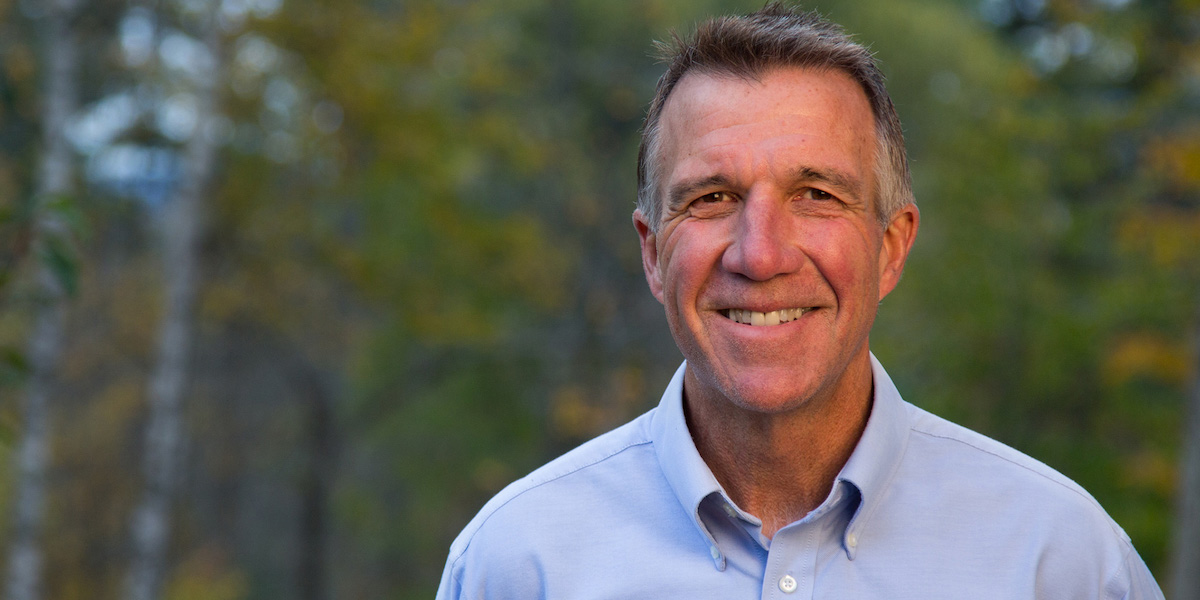
Washington, D.C., March 14 – Last year, more than 1,700 Vermonters with disabilities entered the workforce, propelling the Green Mountain State to join the ranks of the top states with the best employment rates for people with disabilities. Part of a nationwide trend of job growth for people with disabilities, Vermont stood out for a dramatic increase in its overall disability employment, now ranking sixth in the nation. The newly published 2018 Annual Disability Statistics Compendium shows Vermont has a 47.2 disability employment rate. That number is up from only 39.6 percent employment for Vermonters with disabilities.
To put that in a larger perspective, there are 47,113 working-age (18-64) Vermonters with disabilities. Out of that number, 22,234 have jobs. Nationally, the disability employment rate of all Americans with disabilities is only 37 percent. What that means is that Vermont consistently outperforms other, bigger states like California and Texas.
Vermont’s disability community has benefitted from the leadership shown by Gov. Phil Scott. When he was running for election back in 2016, Scott spoke publicly about his commitment to support and expand job opportunities for more and more Vermonters with disabilities. “Disability issues are very personal for me, and are critical to address,” he wrote in response to a nonpartisan candidate questionnaire from the advocacy group RespectAbility. “As a Vermonter, I will always support the rights of all people to live with dignity and independence.”
The Governor’s Committee on Employment for People with Disabilities has helped to implement key policy initiatives. In September 2018, the Committee presented multiple “Spirit of the ADA Awards” to inclusive employers and community providers for their hard work getting more people with disabilities into the workforce. In February 2019, the Chair of the Governor’s Committee on the Employment of People with Disabilities emphasized the crucial link between identity and employment. “All of us through our work have made friends, felt productive, and created an identity. We are just looking for the same for people with disabilities, to have that opportunity to make employment a big part of their lives.”
Likewise, the Vermont Department of Disabilities, Aging & Independent Living has won awards for its commitment to affordability as well as access.
The Governor even has personally tweeted his support for people with disabilities in the workforce, writing that ADA award winners “are crucial partners in our efforts to protect the most vulnerable.”
Vermont is also home to engaged self-advocate groups such as Green Mountain Self-Advocates (GMSA) and advocacy organizations such as Vermont Coalition for Disability Rights.
The Burlington Free Press recently reported on how a new downtown coffee shop was aiming for “’social revolution’ by hiring staff…with disabilities.” Shop owner Richard Vaughn established the shop and has become a beacon of change in his community.
“Our nation was founded on the principle that anyone who works hard should be able to get ahead in life,” said Hon. Steve Bartlett, current Chairman of RespectAbility, who co-authored the Americans with Disabilities Act when he was in Congress. “People with disabilities deserve the opportunity to earn an income and achieve independence, just like anyone else.”
A National Issue
Beyond Vermont, how is the workforce changing for people with disabilities? What is driving these changes? The answer is simple. According to Vincenzo Piscopo of the Coca-Cola Company: “People with disabilities bring a unique skill set that it is very valuable for companies.” He went on to add, “As it relates to employment and competitiveness in the workplace, we have to stop thinking of disability as a liability and start thinking of it as an asset.”
Brand-name companies such as JP Morgan Chase, Coca-Cola, Ernst & Young, IBM, Walgreens, Starbucks, CVS and Microsoft show people with disabilities are successful employees. These companies also know that these workers improve the bottom line. “People with disabilities bring unique characteristics and talents to the workplace,” said RespectAbility President Jennifer Laszlo Mizrahi. “Hiring people with disabilities is win-win-win for employers, people with disabilities and consumers alike.”
As more companies hire employees with disabilities, conversations are shifting to focus on inclusion. “Disability inclusion is no longer about automatic doors, curb cuts, ramps, and legislation,” says Jim Sinocchi, Head of the Office of Disability Inclusion at JP Morgan Chase. “Today, the new era of disability inclusion is about “assimilation” – hiring professionals with disabilities into the robust culture of the firm.”
According to the Census Bureau, there are more than 56 million Americans living with a disability. Disabilities include visible conditions such as spinal cord injuries, visual impairments or hearing loss and invisible disabilities such as learning disabilities, mental health or Autism.
An Election Issue
Voter research, conducted by RespectAbility, shows how disability issues connect to all aspects of American life. “Fully three-quarters of likely voters either have a disability themselves or have a family member or a close friend with disabilities,” said former Representative and Dallas Mayor Steve Bartlett. “People with disabilities are politically active swing voters, and candidates should take note of the important issues they care about.”
As 2019 moves into 2020 and the political campaign season heats up, continuing job growth for people with disabilities will be a crucial indicator of the health of the American economy.

Be First to Comment